Switzerland is best known as a place of natural beauty and diverse landscapes, but it’s been hiding a secret. The food in Switzerland is a culmination of the melting pot of European cultures found in this tiny country. German, French, Austrian and Italian influences can be found in all Swiss food. It is a culinary and cultural mash-up of tradition and history and a delight not to be missed.
We’ve put together a list of some of our favourites that you must try when you next visit Switzerland.
Basler Läckerli
The name of this delightful little treat translates literally to ‘delicious little thing from Basel’. We don’t know why this makes us smile so much. The name is as endearing as the food itself. Lackerli was invented by spice traders back in the seventeenth century and are made with dried fruits, cinnamon, honey and cloves.
These treats are sticky sweet, and spicy and can be enjoyed all year round, although they are more prevalent at Christmas and festival times.
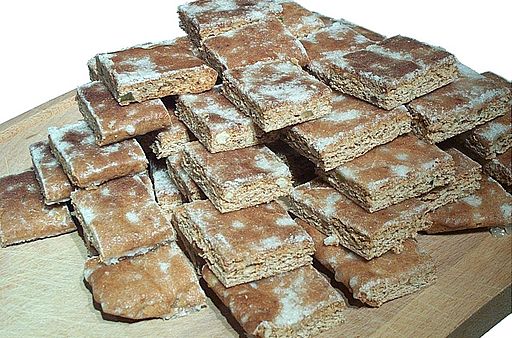
Basler Mehlsuppe
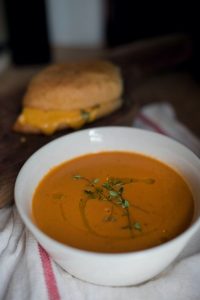
As the name suggests, this is another Basel born recipe. Mehlsuppe is a soup made of flour, butter, beef stock and Gruyere cheese. Basel Festival kicks off each year in February and March with a bowl of Mehlsuppe at 4 am. That’s why they refer to this dish as Swiss Carnival Soup.
The legend behind the making of the soup is that a chef left flour cooking too long and then tried to salvage it. Whether the recipe was accidental or not, this soup is heartwarming, delicious, and a must-try when you next visit Switzerland.
Chocolate
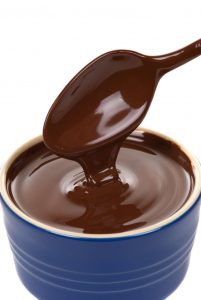
This one is so obvious we almost didn’t put it on our list. In the end, we decided that no list of food in Switzerland could be complete without the mention of chocolate. Zurich and Geneva have battled it out for centuries, competing in the chocolate wars. Pioneering chocolatiers invented confectionary techniques that are still in use today. Swiss chocolate is unlike any other.
Whether you are in the major cities or a hilltop chalet village, you will find a host of tempting treats designed to tantalise your tastebuds and lure you into the shops for more. You have to indulge in the chocolate in Switzerland, and the hot chocolate and the chocolate fondue. There is no room for a diet when visiting Switzerland.
Fondue
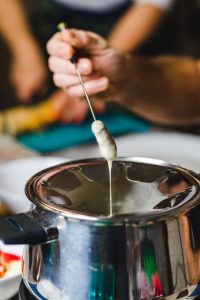
The story behind this dish makes me smile almost as much as the tasty little thing from Basel. According to the history books, Fondue was born out of the need for farmers to make their often-stretched resources go further. In true Swiss community spirit, it is a dish that is to be shared with friends and neighbours.
The name Fondue means melted in French, and although it is a dish that you can find in France and Italy, its origins are in eighteenth-century Switzerland. It is made with melted cheese, wine and garlic and is eaten by dipping bread, pickles and vegetables into the sauce with a long fork.
History also states that there is a penalty to be paid for dropping your bread in the sauce. Be careful when out eating this with friends. You could end up with a bill to pay at the end of the meal.
Raclette

The Swiss do love their cheese, and Raclette is no exception. This is a dish made from local cow’s milk and melted over a flame and cut into slices or poured over potatoes, meats and pickles.
Raclette is a social meal usually eaten with friends, family and neighbours and is most popular in the wintertime. The comforting smell of the flame melted cheese wafts out of restaurants and hillside valleys during the colder months.
Rosti
Like hash browns, this iconic Swiss dish is made up of grated potatoes fried in butter until golden and crisp. This delicious little potato patty is served with many meals at any time of the day and is available year-round. It is a staple of the Swiss diet and goes with everything.
To level up your Rosti experience, we recommend trying a Rosti Valaisanne. This is a whole new level of culinary delight. Rosti Valaisanne comes from the Canton of Valais and is topped with bacon, a fried egg, raclette cheese, and pickles or gherkin.
Spezzatino di Manzo
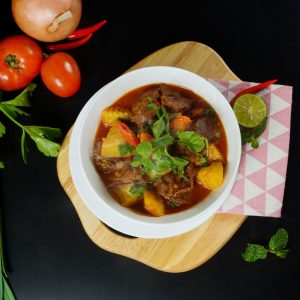
This hearty stew is typically served up in the wintertime to stave off the cold. The dish originates in the Ticino Canton, the Italian/Swiss region. As you would expect from an Italian/ Swiss cuisine, the two melt together beautifully to champion this heavyweight dish.
This hearty beef Swiss stew is traditionally served over polenta. Originally stewed in a copper cauldron, the meal was enjoyed during the colder months.
Zurcher geschnetzeltes
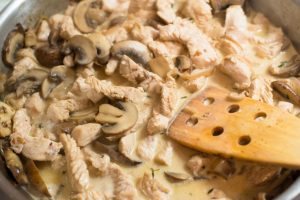
This stew first appeared in cookbooks in 1947 and is another hearty stew. The Zurich born recipe is made of stewed veal cooked in white wine, cream and stock and served with a potato rosti. There are many variations and combinations of the original recipe. Recently there is a recipe for Zurcher geschnetzeltes where meet was replaced with soy cubes. We don’t know how well it is accepted among general population ? The original recipe is best found in Zurich, naturally.
Yoghurt
As well as taking its inspiration for food from the adjoining countries, Switzerland’s recipes are also derived from the countries long agricultural history. Famous for dairy cows which you will see grazing freely on every gondola ride you take, Switzerland is big on yoghurt.
Their offering of yoghurts has much more choice than you may be used to in your home country. The choice is endless, from thick ten percent fat yoghurts to those laced with rich dark chocolate and sweet pear, and can satisfy pickiest of the tastebuds.
Conclusion
Switzerland offers so much beauty and diversity in its landscape, and the food on offer is equally breathtaking. The traditional dishes that can only be found here are an amalgamation of the surrounding countries traditions and the Swiss history of agriculture and farming. The produce is local and fresh, and the meals come with a tasty twist.

Hi, I’m Laura — a travel writer with a thing for Switzerland and Central Europe. I write practical, down-to-earth guides that help people get the most out of their trips, whether they’re navigating mountain trains in the Alps or finding the best cafés in small Czech towns. I’m based in Zurich, but I’m often on the road, notebook in hand, chasing great views, good food, and local stories. My goal? To make travel feel less overwhelming and way more fun.

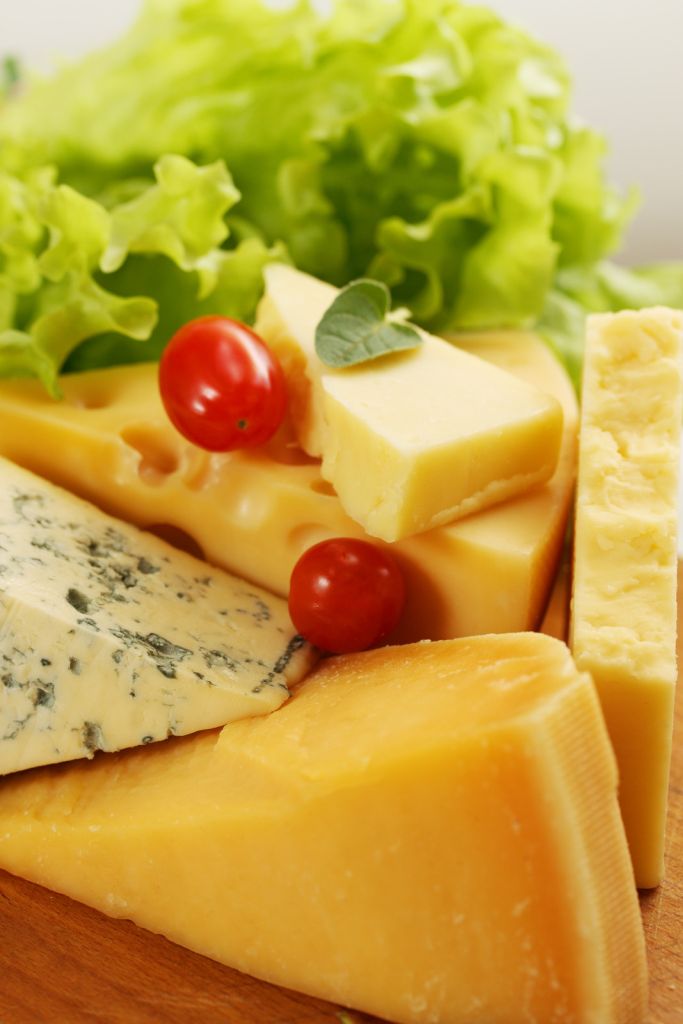
Greetings! Very helpful advice within this article! It is the little changes that will make the most significant changes. Thanks a lot for sharing!